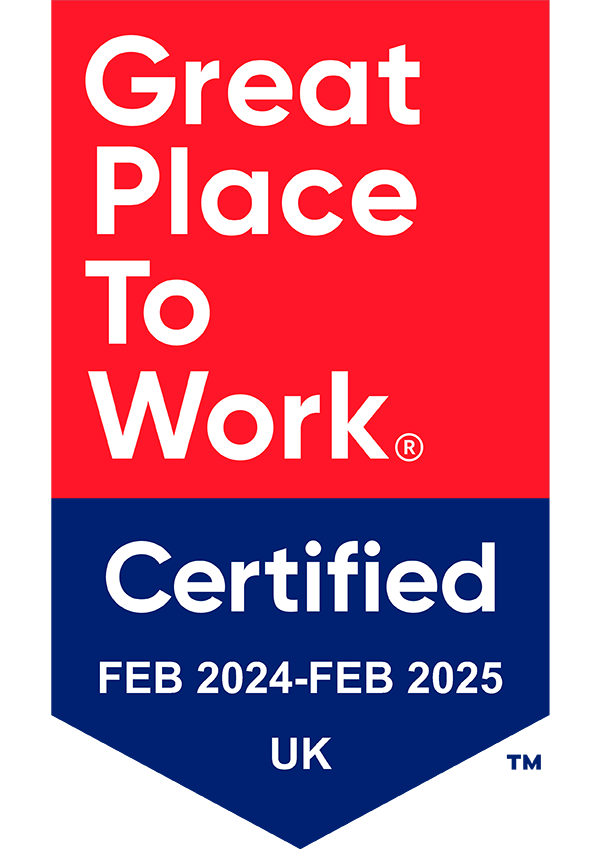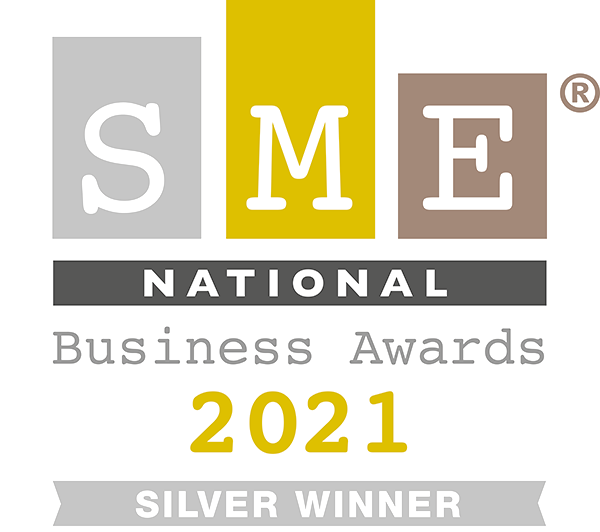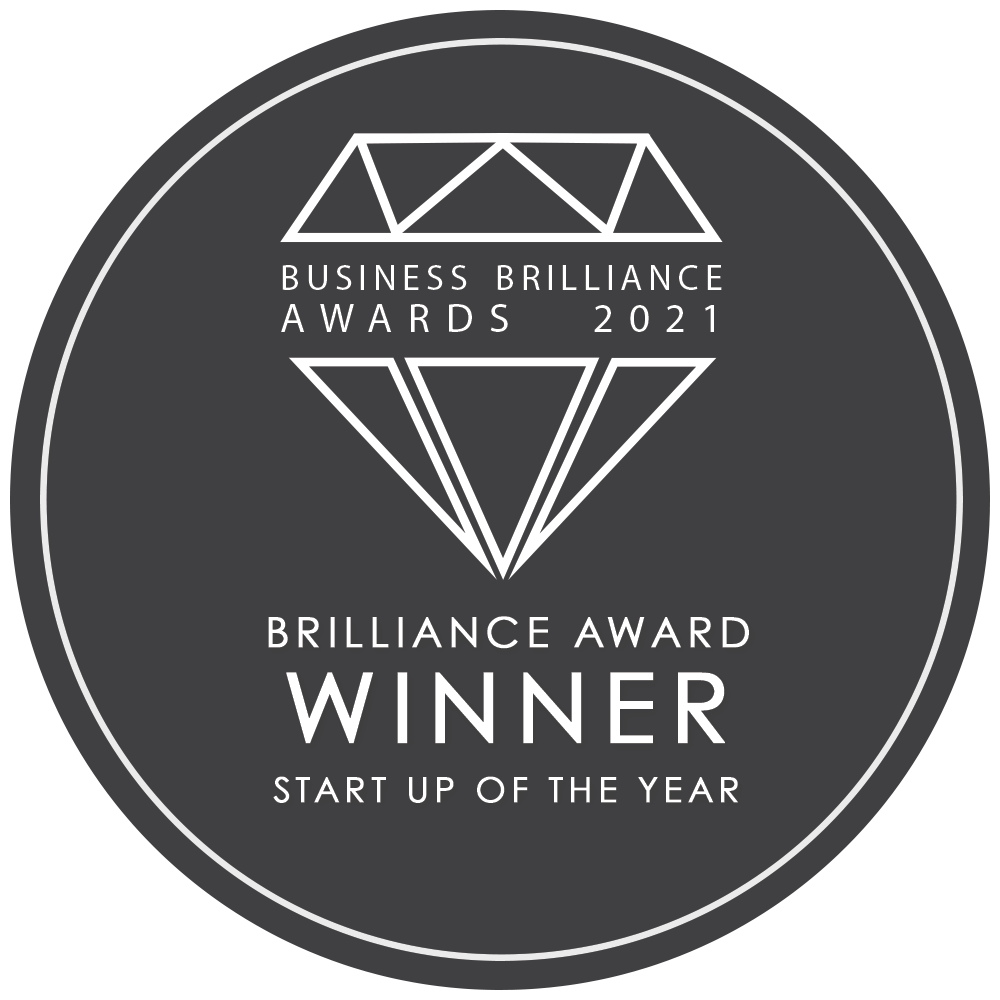In the digital age, the power of webinars as a tool for education, marketing, and engagement cannot be overstated. Effective webinar management is key to unlocking this potential, ensuring that content delivery is smooth, audience engagement is high, and registration rates are maximized. However, orchestrating a successful webinar involves more than just presenting a slideshow; it encompasses everything from initial planning and webinar content creation to post-webinar follow-up. Given the complexity, many organizations now seek professional webinar management services to fine-tune their strategy and execution, enhancing overall webinar effectiveness.
This blog delves into the critical components of successful webinar management, offering a comprehensive checklist that spans the entire process. Starting with meticulous webinar planning, it covers necessary aspects such as choosing the right webinar tools and setup, strategies for webinar promotion to boost registration rates, techniques for maintaining webinar engagement during the event, and best practices for post-webinar activities including sending out follow-up emails and making content available on-demand. With a focus on leveraging webinar management services for optimal outcomes, this guide aims to provide readers with the insights needed to elevate their webinar marketing and enhance their webinar service delivery.

Planning Your Webinar
Webinars are an instrumental tool for engaging prospects and moving them along the sales funnel, but their success hinges on meticulous planning and execution. This section delves into the essential steps of planning your webinar, from setting clear objectives to identifying your target audience, ensuring your webinar is poised for success.
Setting Objectives and Goals
Before diving into the specifics of your webinar, it’s critical to define what you aim to achieve. Objectives can range from brand awareness and lead generation to customer engagement and education. Utilizing frameworks like SMART (Specific, Measurable, Achievable, Relevant, Time-bound) or OKRs (Objectives and Key Results) can provide a structured approach to setting and achieving your webinar goals.
Choosing the Right Topic
The topic of your webinar is the cornerstone of its success. It should resonate with your target audience, address their needs or challenges, and align with your objectives. Brainstorming with your team, consulting your target audience, and analyzing industry trends can help pinpoint a topic that is both relevant and engaging. Remember, the ideal webinar topic is concise, capable of being covered within a 60-minute session, and provides actionable insights or solutions.
Scheduling Your Webinar
Timing is everything when it comes to maximizing attendance. The best practice suggests scheduling your webinar for 60 minutes and hosting it on a Wednesday or Thursday at 10 AM or 11 AM. This timing has been shown to be most convenient for the majority of attendees. Additionally, sending reminder emails and practicing the webinar with a teammate can ensure a smooth execution.
Identifying Your Target Audience
Understanding who your webinar is for is paramount. Beyond demographic information, delve into the motivations, challenges, and goals of your prospective attendees. Employing frameworks like JTBD (Jobs to Be Done) or the StoryBrand framework can aid in crafting content that speaks directly to your audience’s needs and aspirations. Moreover, leveraging customer data, building ideal customer profiles (ICPs), and segmenting your audience can tailor your webinar content for maximum relevance and engagement.
By following these planning steps, you position your webinar for success, creating a foundation for engaging content that resonates with your audience and meets your business objectives.

Webinar Setup and Tools
Selecting the Webinar Platform
When selecting a webinar platform, it’s crucial to align the platform’s features with your webinar goals. For instance, if lead generation is a priority, features like lead scoring and branded experiences become essential. Trusted software like GoToWebinar and Zoom are preferred for their reliability, security, and professional quality. Livestorm stands out as a comprehensive video engagement platform, highly rated for its ease of use in promoting, hosting, and analyzing webinars. Considering the type of platform is vital, whether it’s a free, standard, or martech webinar platform, each offers different levels of functionality tailored to specific needs. Testing the platforms through live product demonstrations or free trials can ensure they meet your requirements.
Necessary Equipment and Software
For a professional-quality webinar, selecting the right equipment is paramount. Key items include a high-definition webcam, reliable microphone—preferably a condenser microphone for superior sound quality—and lighting equipment to enhance video quality. Additionally, ensuring a fast internet connection and having video editing tools can significantly improve the webinar experience. Software integrations, such as connecting your preferred payment gateway for webinar fees or using event management software for event promotion, are essential for a seamless operation.
Creating Engaging Presentations
The success of a webinar heavily relies on its presentation quality. Defining the purpose and goals of the webinar helps in creating a focused and engaging presentation. Utilizing AI-powered tools like Tome.app for creating slide decks can save time and enhance visual appeal. Incorporating multimedia elements such as videos, infographics, and animations can make the content more engaging and cater to different learning styles. Techniques like gamification and storytelling can further boost engagement and make the learning experience more interactive and memorable.
Setting Up Registration and Payment Processors
For webinars that require attendance fees, integrating with a third-party payment processor such as PayPal, Stripe, or EventBrite is necessary. This allows for various registration options, including redirecting to a registration page after purchase or auto-registering attendees. Building an online form that collects necessary details and redirects to the payment page is crucial for collecting fees efficiently. Some platforms offer connections with multiple payment gateways without additional transaction fees. Utilizing web builders like Instapage can facilitate the creation of a webinar registration page tailored for online payment processors, offering templates and optimization tools to enhance brand visibility and conversion rates.

Promoting Your Webinar
Leveraging Social Media
Social media platforms offer a unique opportunity to promote webinars effectively, reaching a broad and engaged audience. By understanding the distinct voice and audience of each platform, businesses can tailor their promotional strategies to maximize impact. For instance, utilizing Facebook’s live videos, Instagram stories, and LinkedIn’s professional network can significantly enhance webinar visibility and engagement. Moreover, promoting webinars on social media is not only cost-effective but also allows for detailed tracking of engagement metrics, helping to refine future campaigns. Paid social media advertising and leveraging niche-targeted groups are also potent strategies to increase brand visibility and drive registrations.
Email Marketing Strategies
Email marketing remains a cornerstone of effective webinar promotion, providing impressive returns on investment. Crafting a series of targeted emails can significantly boost webinar registrations and attendance rates. It’s crucial to develop compelling email content, from the subject line to the body, ensuring it resonates with the intended audience and provides clear information about the webinar. Segmentation of the email list ensures messages are tailored to the most relevant recipients, enhancing open and conversion rates. Additionally, timing the email series correctly, from the initial announcement to reminder emails, plays a vital role in maximizing attendee numbers.
Partnering with Influencers and Industry Experts
Collaborating with influencers and industry experts can dramatically expand the reach and effectiveness of webinar promotions. These partnerships leverage the credibility and audience of respected figures in the industry, providing a significant boost to registration and attendance rates. Influencers can engage their followers through authentic content, such as teaser videos or live Q&A sessions, making the webinar more appealing. This strategy not only enhances the webinar’s visibility but also adds a layer of trust and authority to the event, attracting a more engaged and relevant audience.
Creating a Compelling Landing Page
The success of a webinar promotion can often hinge on the effectiveness of its landing page. A well-designed landing page serves as the central hub for all promotional activities, providing essential information and a clear call-to-action (CTA) to register for the webinar. It should be visually appealing and aligned with the brand’s style, making it easy for visitors to navigate and complete the registration process. Optimizing the landing page for mobile devices is crucial, considering the high volume of users accessing content on their smartphones. Additionally, incorporating social proof, such as testimonials or endorsements, can further enhance the credibility and attractiveness of the webinar.

Running the Webinar
Running a webinar effectively involves a blend of engagement strategies, technical proficiency, and adept moderation to ensure a smooth and interactive experience for attendees. This section delves into the pivotal aspects of running a webinar, including engagement techniques, managing technical aspects, the role of moderators and co-presenters, and the importance of conducting dry runs and rehearsals.
Engagement Techniques: Polls, Q&A, and Live Chats
Engaging the audience is crucial for a successful webinar. Incorporating polls, Q&A sessions, and live chats can significantly enhance participant interaction and satisfaction. Polls are versatile tools that can gauge audience interest, check comprehension levels, and collect feedback on various aspects of the webinar. Q&A sessions facilitate two-way communication, allowing attendees to clarify doubts and engage directly with the presenters, which can be spread throughout the webinar to maintain engagement. Live chats encourage attendees to interact with each other and with presenters, fostering a community atmosphere and enhancing the overall webinar experience.
Managing Technical Aspects
Technical issues are a common challenge in webinars, potentially affecting the presenter’s credibility and the audience’s experience. To mitigate these issues, it’s essential to test equipment and software before the webinar, choose a reliable webinar platform, and provide clear instructions for participants on accessing and using the platform. Having a backup plan for technical glitches and a moderator or co-host to manage technical aspects can ensure a smooth webinar experience.
Role of Moderators and Co-presenters
Moderators play a pivotal role in ensuring the smooth running of a webinar. They are responsible for welcoming the audience, introducing speakers, keeping the event on schedule, and managing interactive elements such as polls and surveys. Moderators also handle audience questions, making sure they are addressed appropriately. Co-presenters, on the other hand, can help in sharing the presentation workload, providing additional insights, and stepping in case of technical issues or connectivity problems with the main presenter.
Conducting Dry Runs and Rehearsals
Dry runs and rehearsals are essential for identifying potential issues and ensuring readiness for the live event. These practice sessions help in adjusting slide content, anticipating audience questions, and getting comfortable with the presentation flow. Conducting multiple dry runs allows presenters to refine their delivery, adjust to any last-minute changes, and ensure all technical aspects are functioning correctly. This preparation not only boosts the presenter’s confidence but also contributes to a more polished and professional webinar presentation.
By focusing on these key aspects, webinar hosts can significantly improve the quality and effectiveness of their webinars, leading to higher engagement levels, smoother delivery, and a more positive experience for all participants.

Post-Webinar Activities
Follow-Up Emails and Surveys
Following a webinar, it is crucial to engage attendees with follow-up emails, providing them with a summary of the event and actionable next steps. These emails are an excellent opportunity to reinforce key points from the webinar and address any unanswered questions. By including links to additional resources, upcoming events, or handouts, organizers can continue to provide value to participants. Furthermore, incorporating a survey within the follow-up emails can gather valuable feedback, which is vital for assessing the webinar’s impact and identifying areas for improvement. Surveys should ideally include both quantitative and open-ended questions to capture comprehensive attendee insights.
Analyzing Webinar Analytics and Metrics
Webinar analytics are indispensable for understanding the effectiveness of the event. Organizers should analyze metrics such as attendance rates, engagement levels, and participant feedback to gauge what resonated with the audience. This data allows for the optimization of future webinars by focusing on the most engaging content and identifying the best-performing segments. Additionally, metrics like conversion rates from attendee to lead and the effectiveness of different promotional strategies can inform more targeted and successful future webinars.
Repurposing Webinar Content
Maximizing the value of webinar content by repurposing it into various formats is a strategic approach to extend its lifecycle. Content can be transformed into blog posts, short videos, podcasts, infographics, and more, catering to different audience preferences and consumption habits. This not only enhances content reach by appealing to a broader audience but also optimizes resource use and maintains message consistency across platforms. For instance, extracting key insights and turning them into a series of blog posts or social media posts can keep the audience engaged long after the webinar has concluded.
Evaluating Feedback and Continuous Improvement
The final step in the post-webinar process involves a thorough evaluation of feedback to drive continuous improvement. Organizers should use advanced tools to analyze feedback data, identify trends, and develop actionable insights. Techniques like SWOT analysis or gap analysis can help pinpoint strengths and areas for enhancement. Based on this analysis, strategic adjustments should be made to the webinar’s content, format, or promotional strategies to better meet audience needs and enhance overall effectiveness. This iterative process ensures that each webinar is more refined and impactful than the last.

Conclusion
Through this comprehensive exploration, we’ve underscored the importance of each phase in the webinar management process, from initial planning to the nuanced details of running the event, and finally, the pivotal post-webinar activities. The insights provided aim to furnish readers with a robust checklist, ensuring not only the smooth execution of webinars but also their effectiveness in meeting set objectives and goals. By adhering to the outlined strategies—ranging from engaging content creation to leveraging analytics for post-event insights—organizations can significantly bolster their webinar outcomes, fostering better engagement, and driving conversions.
Recognizing the complexities and the multifaceted nature of hosting successful webinars, it becomes evident that having a capable partner like MyOutreach, with its expertise in managing all logistical and promotional aspects, is invaluable. This partnership allows you to concentrate on what truly matters—nurturing relationships and enhancing your strategical focus for maximal impact. With peace of mind knowing your online engagement strategy is in expert hands, you empower yourself to elevate your webinar experiences to new heights.











